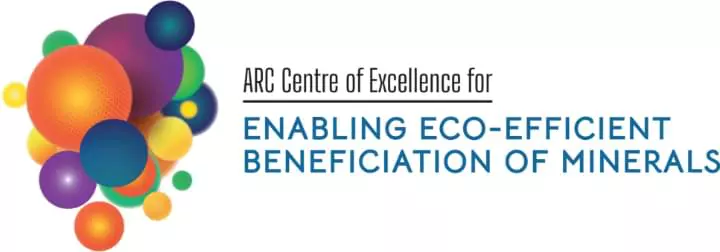Date: 9th February 2022
Robert H. David - Modeling of Flow-enhanced Particle Capture
Water-in-oil-in-water (W/O/W) emulsions have recently been demonstrated by Galvin and co-workers [1,2] to be an efficient alternative to froth flotation for the capture of fine, hydrophobic particles. The process yields high particle recovery in a few seconds, due to a combination of vigorous stirring and osmotic flow to bring the particles in contact with the thin oil films on the salt-water emulsion drops. This presentation is on mathematical modeling of the idealized process of a spherical salt-water droplet covered by a permeable film and immersed in a linear flow field containing the small particles. One part of the analysis involves trajectory calculations of particles external to the drop, used to determine collision rates. The permeability of the oil film and the osmotic flow into the drop greatly increase the collisions rates [3,4], especially for very fine particles that are the most difficult to capture by flotation. A second part of the analysis involves determination of the transient salt concentration profile inside the drops, which is necessary to determine the driving force for the osmotic flow. For the typical case of large Peclet numbers, a thin mass-transfer boundary layer forms at the inside edge of the drop, so that the osmotic growth of the drop is proportional to the square root of time, exhibiting diffusion-limited behavior [5]. This prediction has been verified experimentally [6].
- K. van Netten, R. Moreno-Atanasio & K.P. Galvin, Ind. & Eng. Chem. Res. 53: 15754 (2014).
- K. van Netten, D.J. Borrow & K.P. Galvin, Ind. & Eng. Chem. Res. 56: 10658 – 10666 (2017).
- R.H. Davis & A.Z. Zinchenko, Phys. Rev. Fluids, 3: 113601 (2018).
- G.A. Roure & R.H. Davis, J. Fluid Mech., 912: A11 (2021).
- G.A. Roure & R.H. Davis, Phys. Fluids, 33: 117109 (2021).
- G. DeIuliis, G. Sahasrabudke, R.H. Davis & K.P. Galvin, Chem. Eng. Sci., 232: 116348 (2021).

